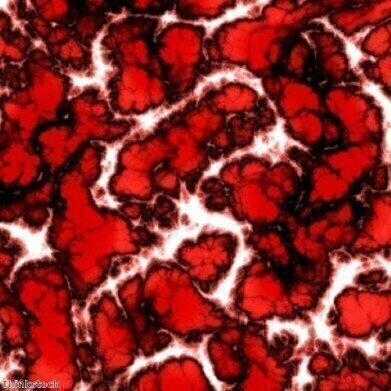-
 Mitochondria are the only other part of the cell, except the nucleus, that contain gene material
Mitochondria are the only other part of the cell, except the nucleus, that contain gene material
Bioanalytical
Mutated DNA removed from mitochondria with new technique
Aug 06 2013
A treatment for a range of mitochondrial diseases might now be possible thanks to breakthrough research that allows the mutated DNA within mitochondria to be destroyed. Scientists have used an aspect of a plant-infecting bacteria to remove all trace of mutated DNA within the cells, which could help in the development of diseases, such as Leber hereditary optic neuropathy (LHON). The new research was funded by the National Eye Institute (NEI) and published in 'Nature Medicine'.
Mitochondria are what produce energy within cells by converting the fuel garnered from food. They also work to produce enzymes that are needed to maintain a number of functions within cells. Within humans they also contain genes and are the only other cell component to do so as well as the nucleus. Gene mutations that occur within the mitochondria can result in a number of problems, including heart disease, blindness - due to LHON - and muscle weakness. Currently no cures exist for these diseases and treatments are not very effective.
Researchers from the University of Miami Miller School of Medicine looked at the transcription activator-like (TAL) effectors, which are only found within certain plant-infecting bacteria. This type of protein allows the bacteria to utilise the plant's own DNA in order to spread. The researchers used the Tal effectors with a protein that can 'break' DNA, called nucleases. The Tal effector nucleases (TALENs) were found to remove or add genes or correct gene mutations.
These TALENs have been used, alongside other techniques, to develop gene therapy treatments. Whilst they were being used to edit the genes found within the cell nucleus, scientists have now found that they can be used to remove gene mutations in the mitochondria. The researchers developed mitoTalens in order to remove mitochondrial DNA that held the mutation that causes LHON. The research suggests that reducing the mutated DNA could provide an effective treatment for a number of mitochondrial diseases.
Doctor Houmam Araj, director of lens/cataract and oculomotor/neuro-ophthalmology programmes at NEI, said: "The science in this project advances an imaginative and very clever approach that may one day lead to a therapeutic strategy for mitochondrial diseases."
Digital Edition
Chromatography Today - Buyers' Guide 2022
October 2023
In This Edition Modern & Practical Applications - Accelerating ADC Development with Mass Spectrometry - Implementing High-Resolution Ion Mobility into Peptide Mapping Workflows Chromatogr...
View all digital editions
Events
May 05 2024 Seville, Spain
May 15 2024 Birmingham, UK
May 19 2024 Brno, Czech Republic
May 21 2024 Lagos, Nigeria
May 23 2024 Beijing, China













